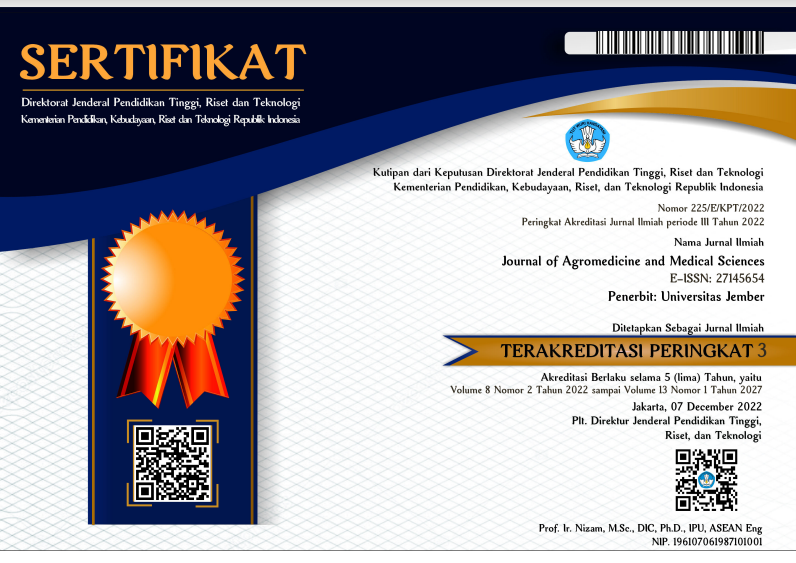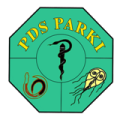Water PH Correlates With The Number of Mosquito Larvae in Nature Tourism Park
DOI:
https://doi.org/10.19184/ams.v9i1.37116Abstract
Mosquitoes go through four development phases: egg, larva, pupa and adult. The growth, survival, and adaptation of mosquito larvae are strongly influenced by the physical and chemical characteristics of the waters. Nature tourism parks have ecological and environmental potential for the development and spread of mosquitoes and vector diseases. This study aims to look at the correlation of the physical and chemical elements of water to the number of mosquito larvae. The study design was cross-sectional analytic observational. In TWA, 57 containers were found with 10 indoor and 47 outdoor locations. The container contains water with a salinity of 0-0.3, pH 4.5-8.3, TDS 3-899 ppm, and a temperature of 26 - 34℃. A total of 423 mosquito larvae consisting of Culex and Aedes species. Ae. albopictus is the dominant larval species found. Based on the Spearman test, there was no significant correlation between temperature, total dissolved solids and salinity with the number of mosquito larvae (p>0.05), while PH was positively correlated with the number of mosquito larvae (p = 0.019).
Keywords: Chemical, Physical, Water, Mosquito larva























